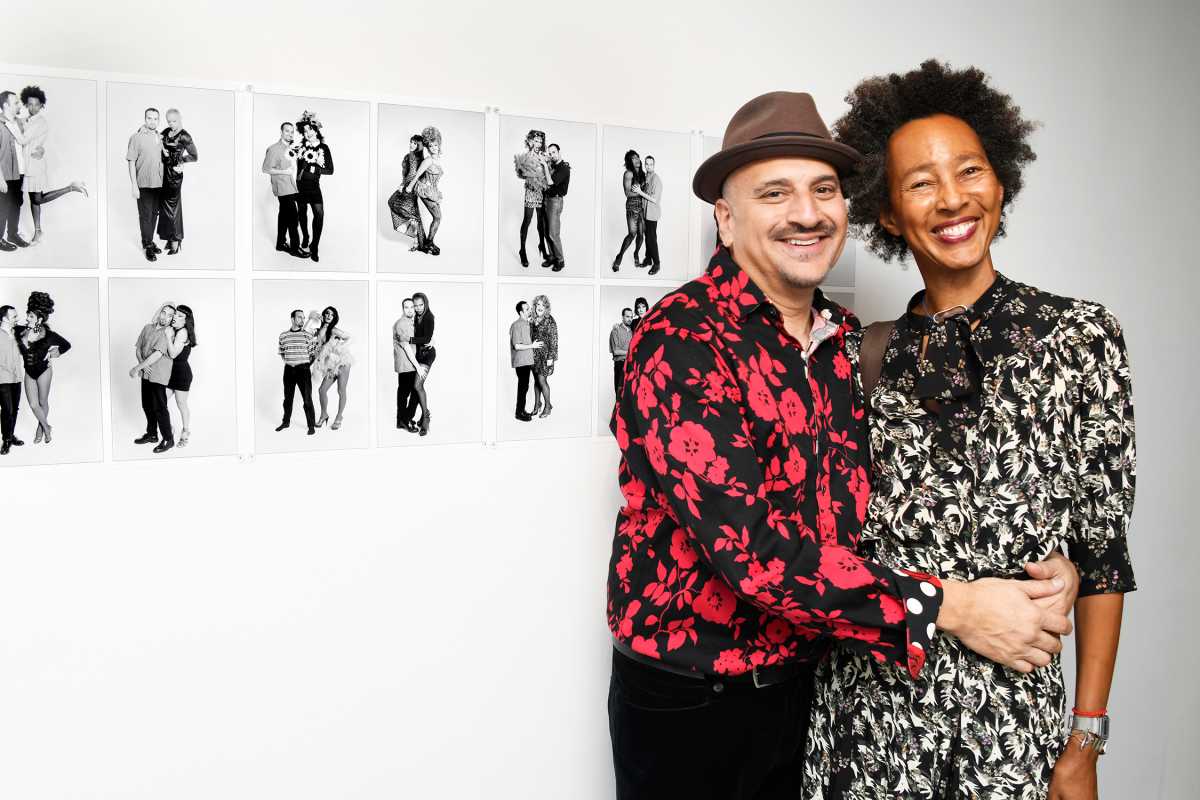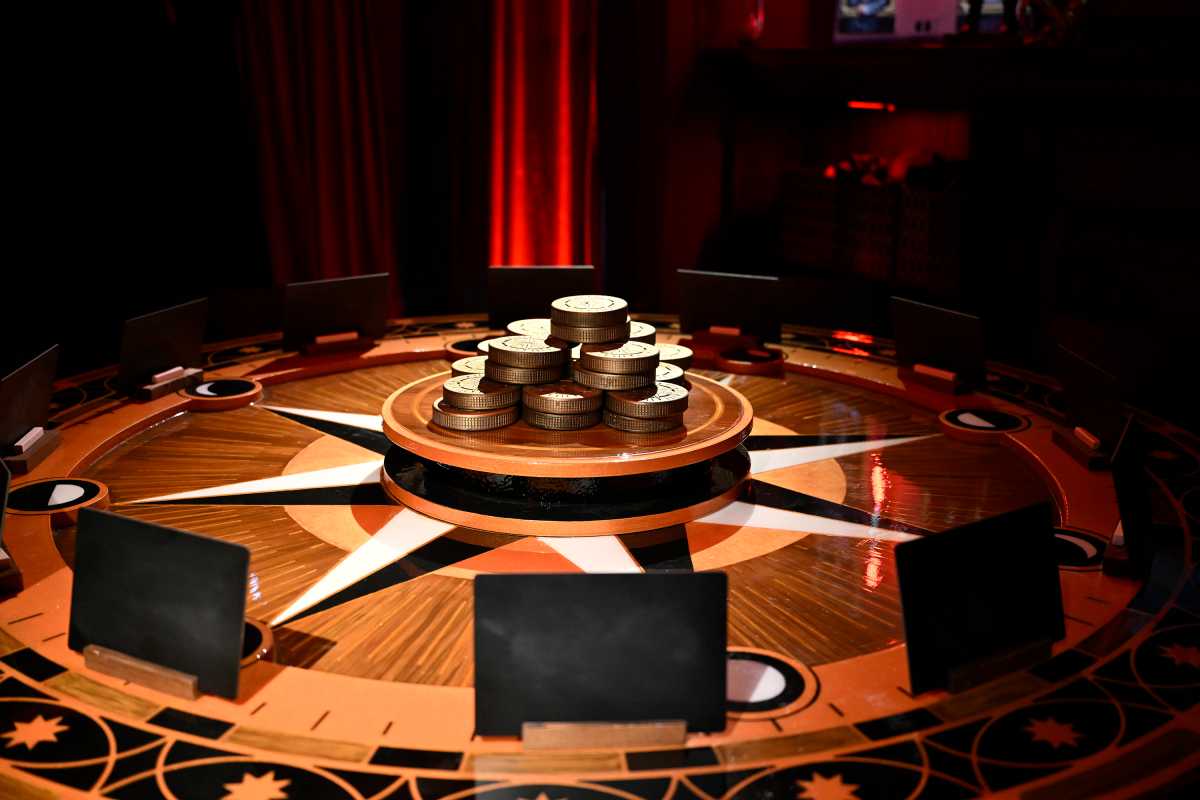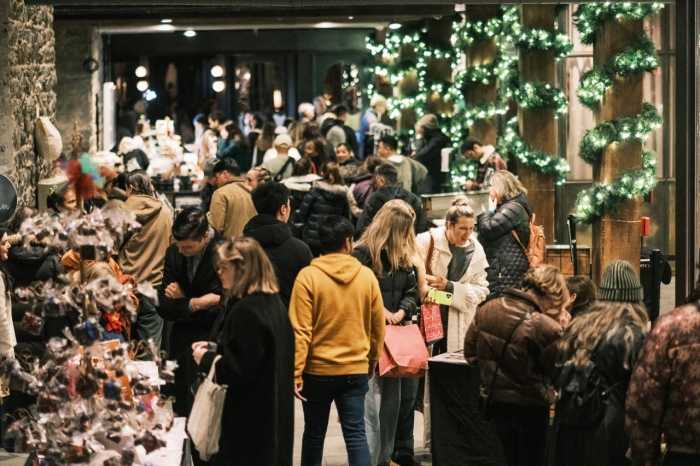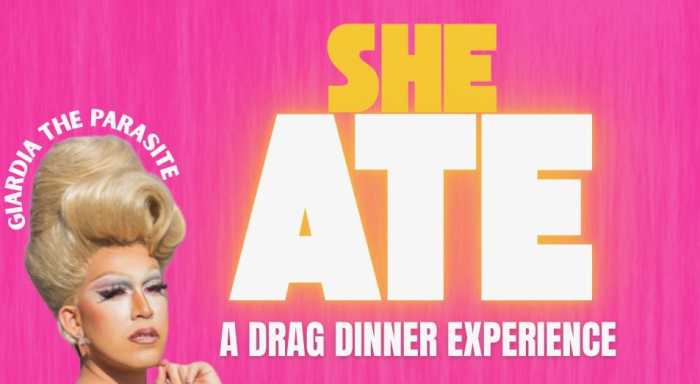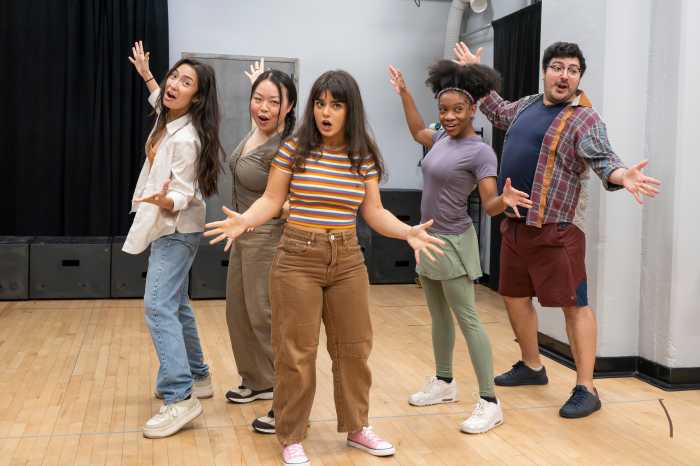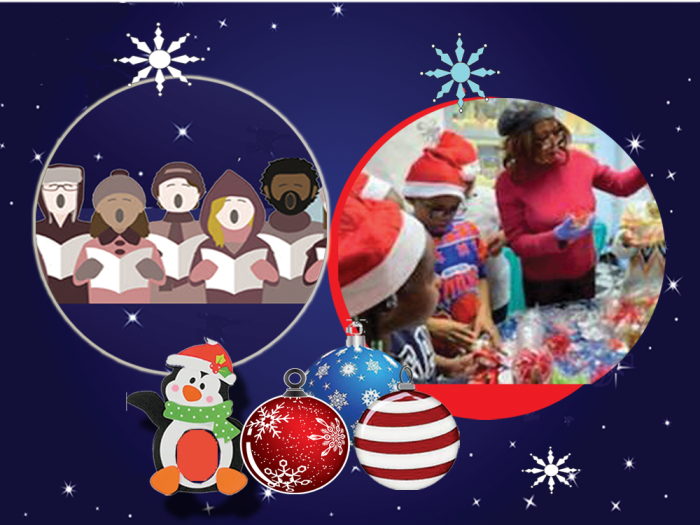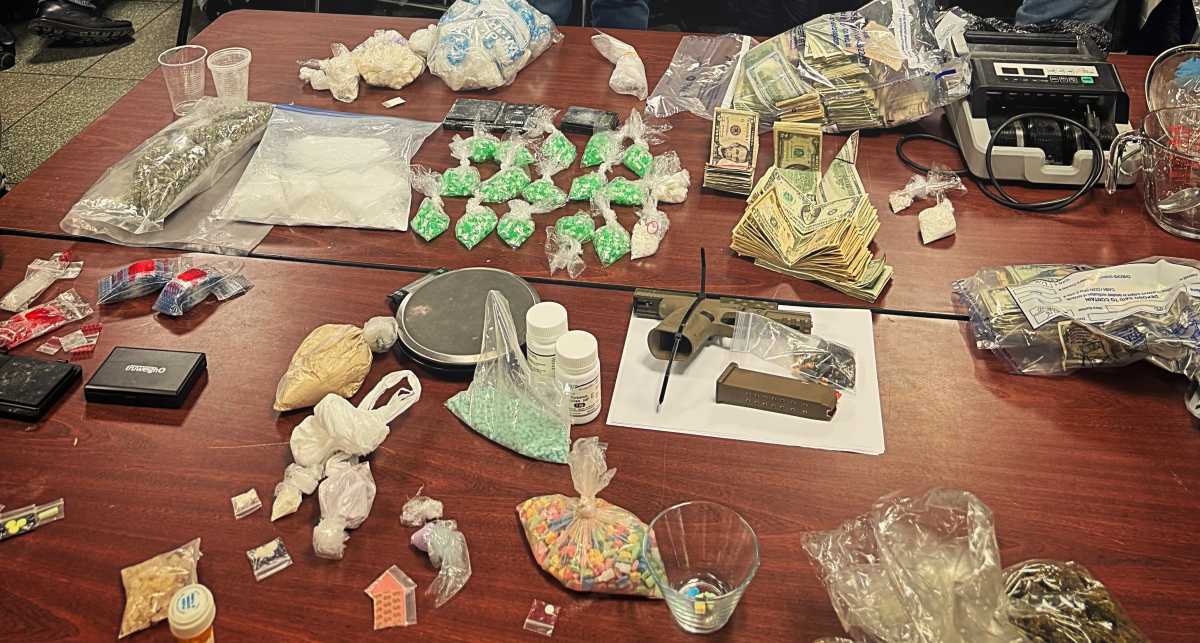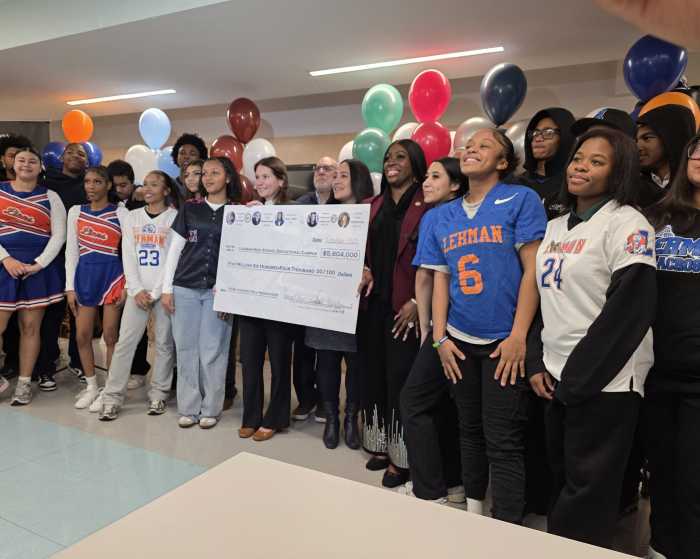Thirty years ago, the art of drag, while becoming more visible, was not yet the household phenomenon that it is today, as author Julian Fleisher calls it, “the Drag-Industrial Complex.”
Other than some works that could be found in research libraries, there were no comprehensive books that summed up the drag domain for the rest of the world, but Fleisher remedied that, creating “The Drag Queens of New York: An Illustrated Field Guide.”
While trying to find a way to realize his “dream of becoming a nightclub singer,” he worked as “a waiter, writer, retoucher, actor, SAT tutor and as a personal assistant to the truly psychotic wife of an aging writer whom I revered,” but still wasn’t earning enough. Then, he was offered a deal that seemed too good to refuse: $20,000 to write a book about the “edgy” scene that he had immersed himself in.
“I had just moved to the East Village in the early 90s,” he recalls. “And I was loving it a lot. I felt like I had finally found my neighborhood and my people. You know, all the other misfits and weirdos.”
It seemed like a fortune, until he realized that it would have to stretch over the two years needed to research and write the thing, with unexpected expenses popping up, such as cover charges, interns, travel, and Lou Reed extracting $500 for the usage of four lines from “Walk on the Wild Side.”
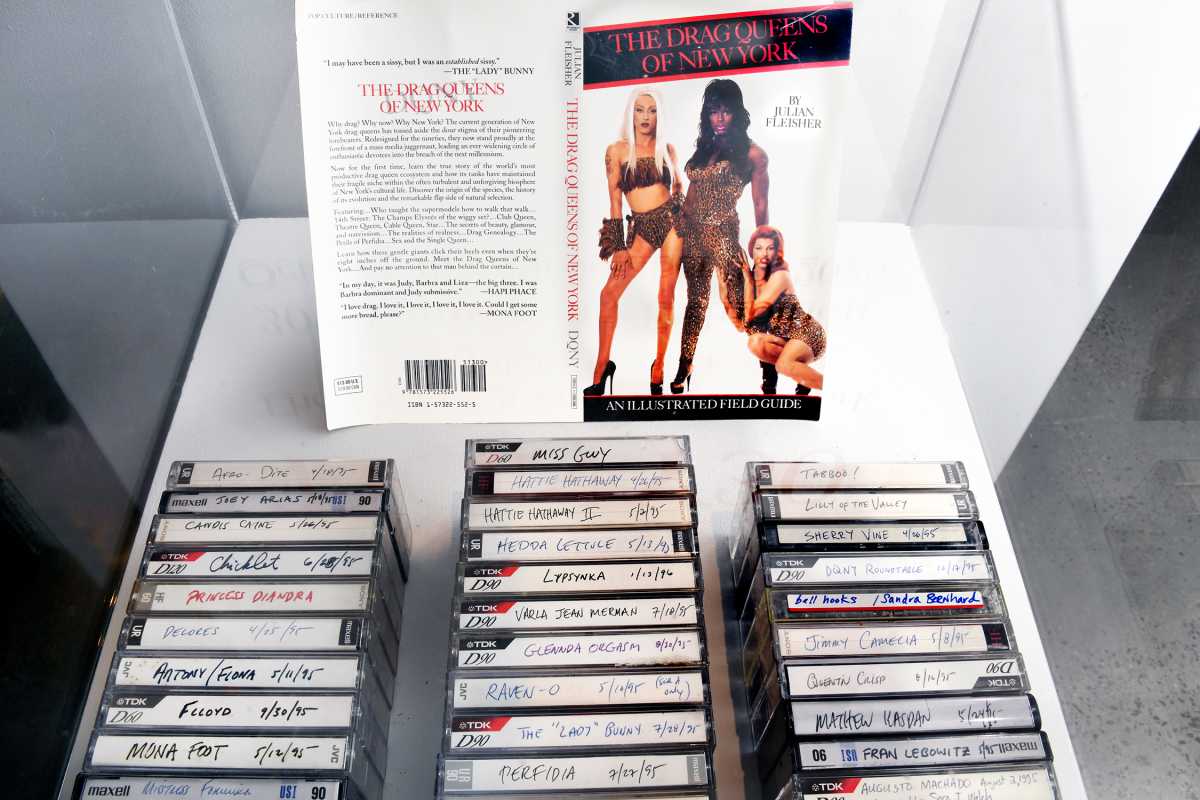
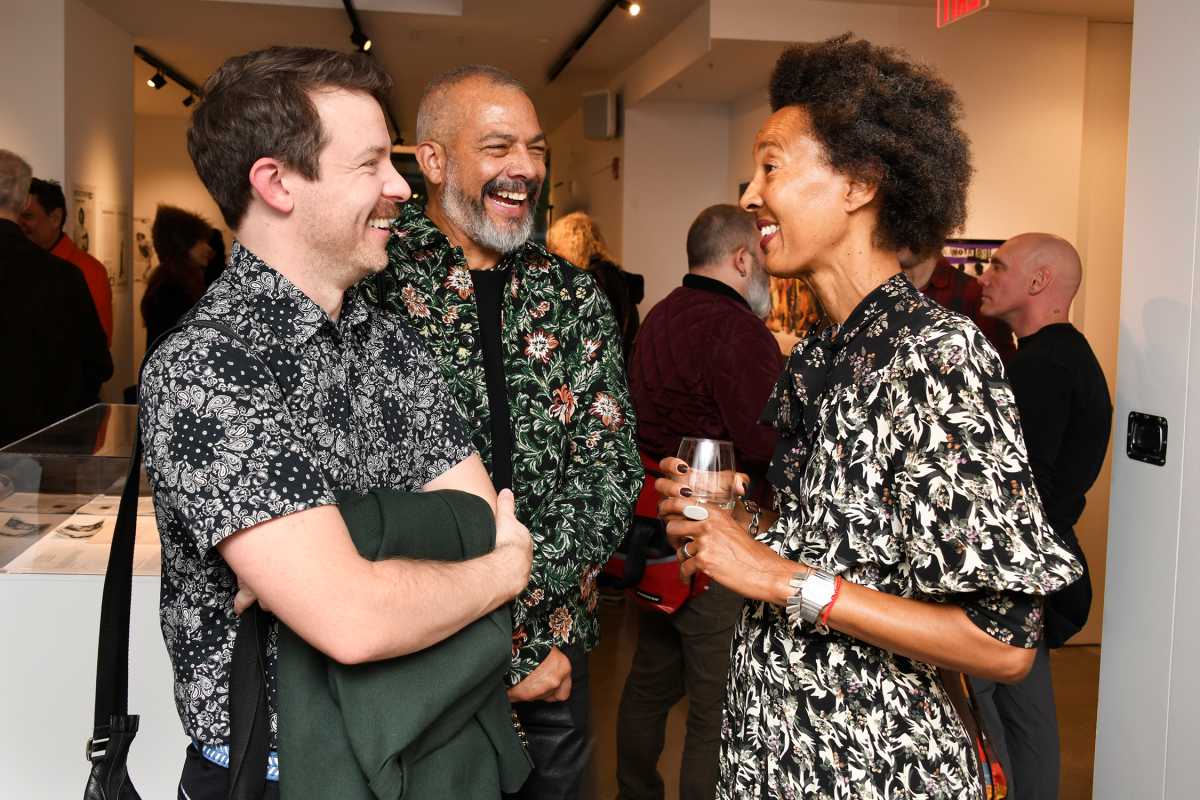
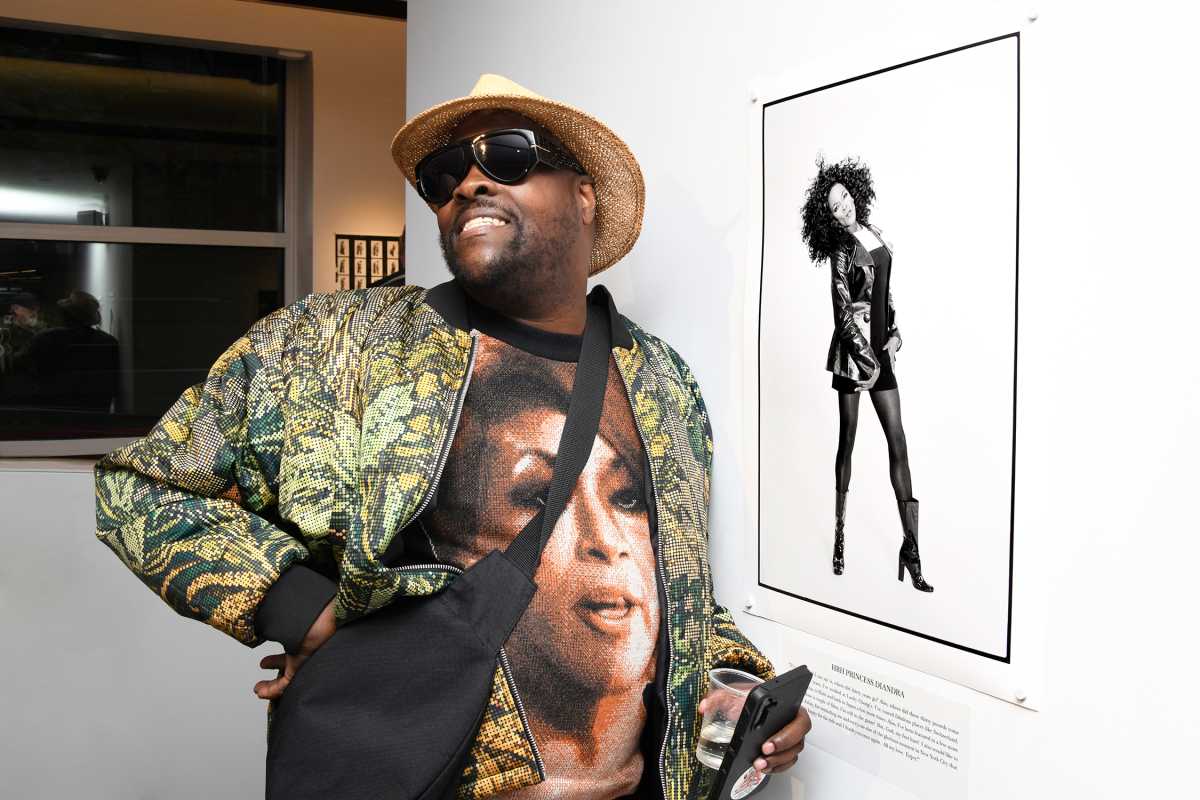
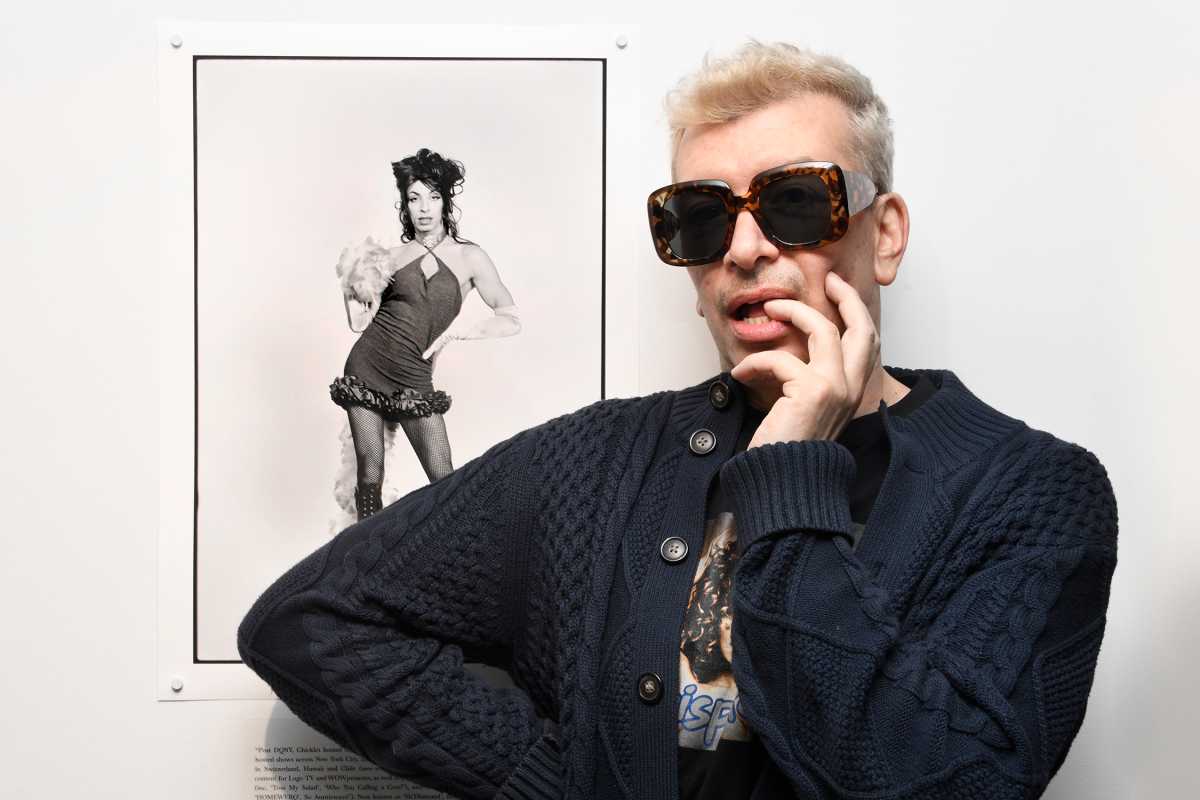
The first thing he did was “to introduce myself to a lot of the drag queens that I had already started following, and then I started approaching them about the book,” he says.
“I got a wide range of reactions. Some queens were certainly excited, while a couple others had sort of heard it all before. Some said no,” Fleisher recalls. “This was the 90s, so drag was kind of having a moment. I think a lot of people were kind of circling around, looking for an angle, looking for a way to talk about or write about the drag queens that were showing up on MTV.”
“So, there was a mix of disbelief and interest. It took me a long time, I think, to prove to them that I was for real,” he continues. “I got a P.O. box and I made a letterhead on my computer so that it would seem like this was legit.”
In a scene that had found its home in Downtown Manhattan, with much of it centered in the East Village, Fleisher noted that “the drag scene in New York was feeding the energy of New York nightlife.”
“It was also very much for the people in the room on that night, you know, whether you were at the Boy Bar or the Pyramid or Jackie 60 or any one of the other places where drag was typically happening,” he says. “There was a sense that this was just for us, just on that night.”
Writing the book was another challenge, as Fleisher had to go past his previous writing experience (self-help books and books on grammar and vocabulary) to complement the subject.
“When it came to ‘The Drag Queens of New York,’ I had to sort of develop a new voice that would somehow be appropriate to the subject matter,” he recalls. “I didn’t want it to be dry. I wanted it to be playful and silly at times, and also smart and funny. Like the subject, you know. I think most writers will tell you they’re trying to make their writing somehow reflect the subject.”
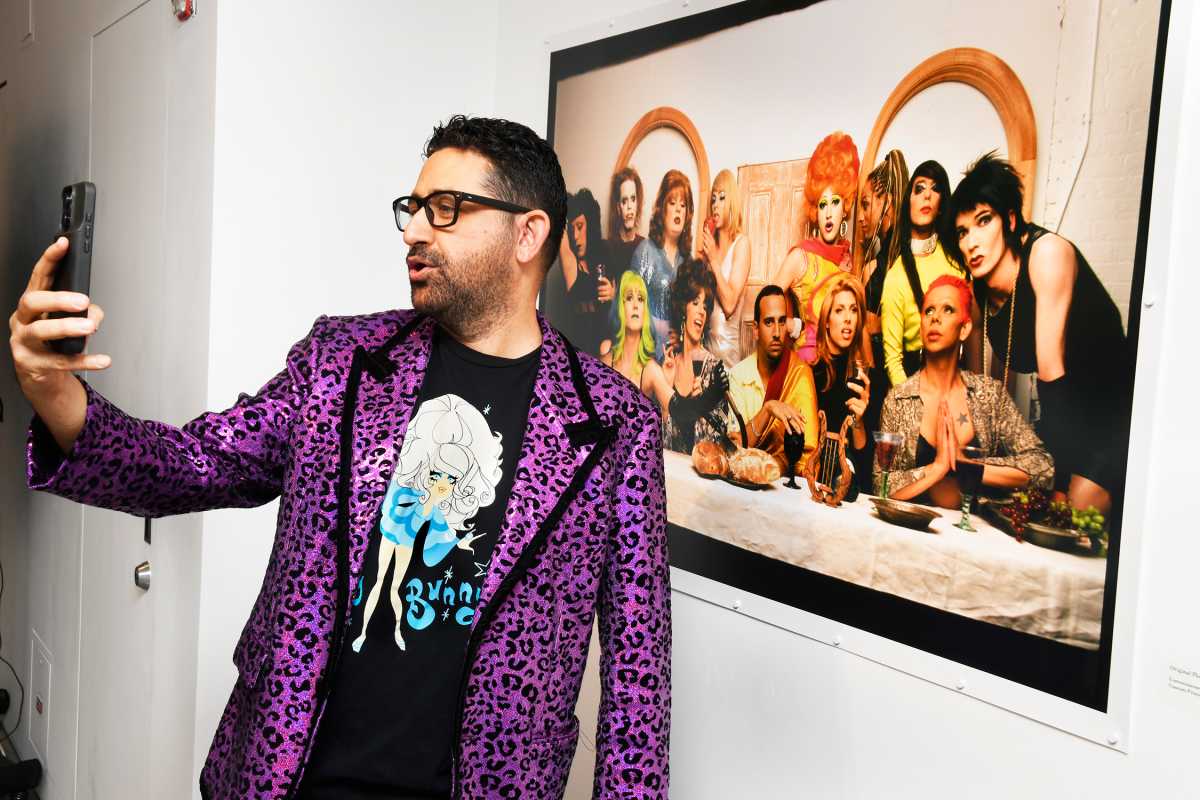
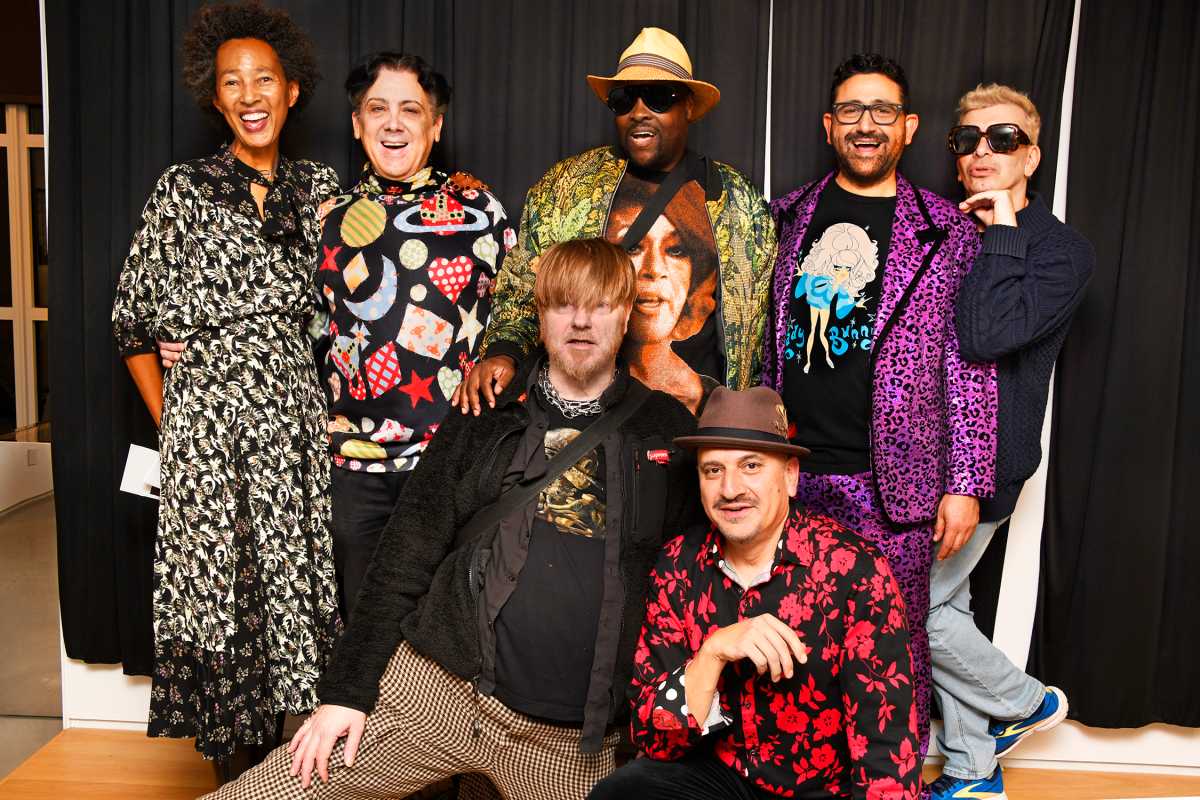
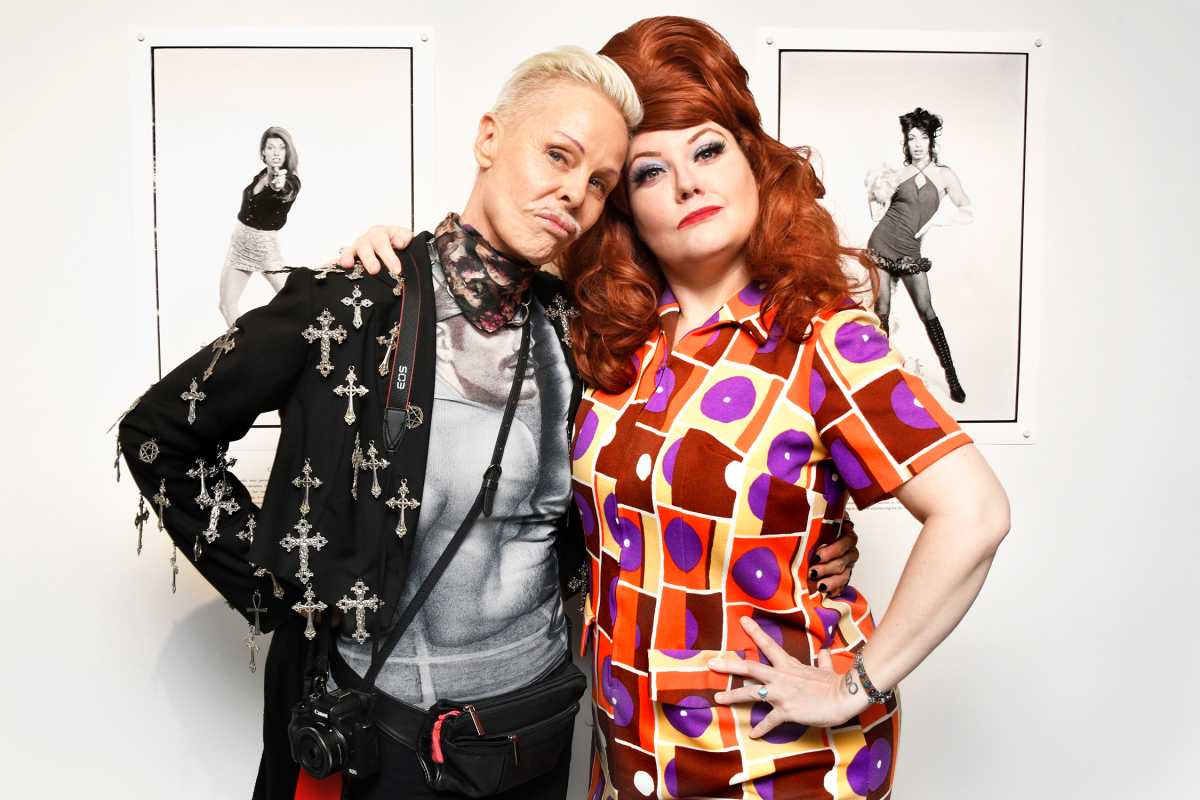
Integral to the project is the photography of Brooke Williams, whose straightforward images captured the performers perfectly.
One of the subjects, Linda Simpson, had some thoughts about how it turned out: “By the time Julian’s book came out, the downtown NYC scene had been getting quite a bit of press coverage, but his investigation was much more substantial and insightful. It was very validating for our drag shenanigans to be treated as groundbreaking and culturally significant.”
Its import is currently being celebrated at the Howl! Archive gallery, with an expansive show that sports new prints lining the walls, related ephemera in vitrines, previously unpublished images and the original questionnaires that Fleisher’s subjects filled out at the beginning of the project.
“The most interesting part of the exhibit for me is what’s happened to the thirty or so drag queens profiled in the book,” muses Simpson. “Sadly, some have died. Others have hung up their wig and heels forever. But I think most of us are still performing in one way or another. The big question is, which one of us will outlast us all?”
Miss Chicklet also considered the passing of time, saying, “It’s amazing how old my contemporaries look! I still look and feel fresh. I’ve only aged five years in the last 30.”


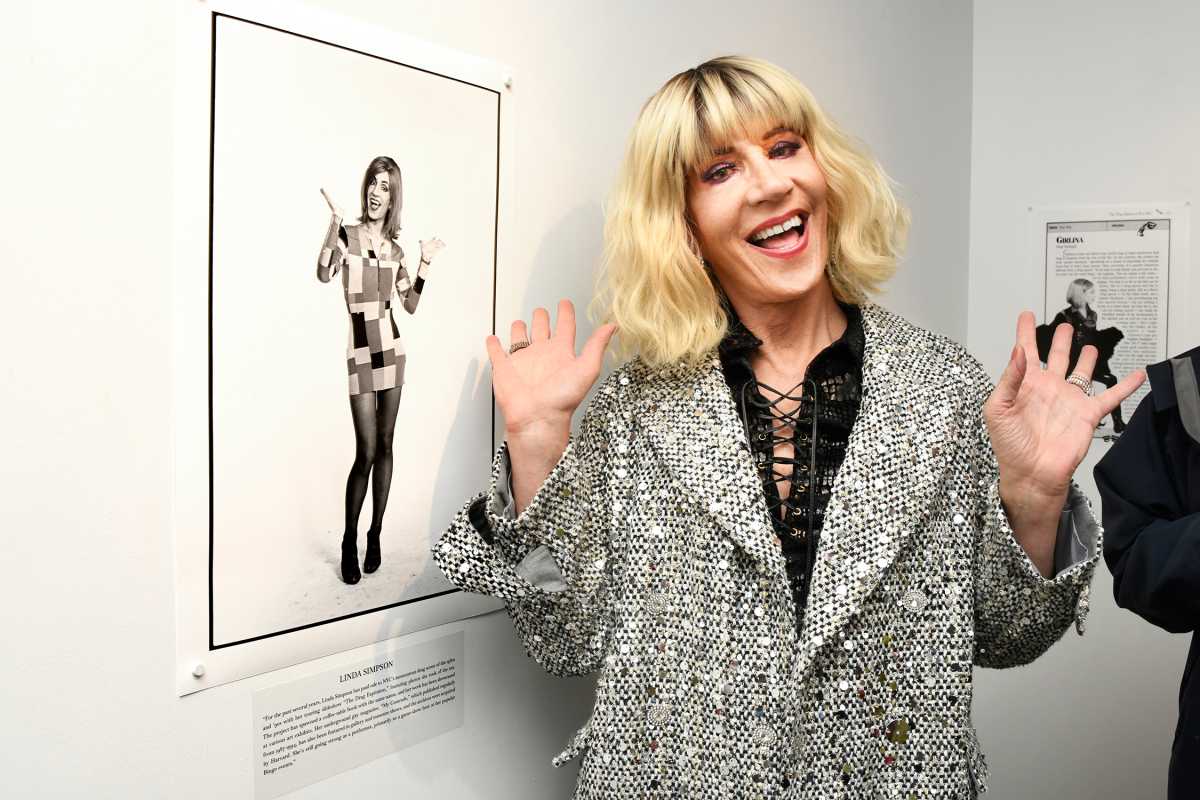

Unfortunately, the book is now out of print and can only be found on various online sellers. Fleisher doesn’t have high hopes for a reprint, although he does own all the rights.
Looking back on it now, he remembers the publishing end of things to be a “really unpleasant experience. My editor did very little editing and made me feel badly about the project. On the writing end, though, it was fascinating and getting to know all these drag queens was great, and I’m still friends with most of them, and I’m still delighted to see them still working.”
As for the book itself, he wishes that he could have spent more time on it. How would he describe it, we asked, if he were someone else picking it up for the first time?
“It’s a loving tribute to a scene that was colorful, defiant, sexy, and essential,” he says. “It’s a catalog of legends who carried the torch of art through a dark, dark time — by that, I’m referring to the AIDS crisis. I think it’s playful but elevated, it’s smart and funny at the same time. I really tried hard to tell the stories of this amazing scene. Drag used to be an antidote to popular culture. Now it is popular culture, and that’s a very fundamental difference.”
Info about the exhibit, which runs through Nov. 30, is available at howlarts.org/event/the-drag-queens-of-new-york-30th-anniversary.
On Friday, Nov. 7, a presentation of videos from the era will take place from 7 to 9 p.m. at the Howl! Archive Gallery. On Saturday, Nov. 15, from 4-7 p.m., Fleisher will conduct a walkthrough of the show, featuring speakers and additional videos.



